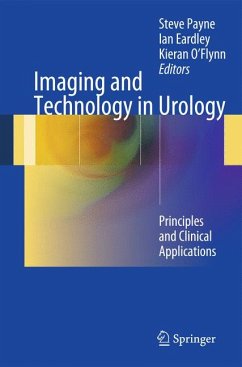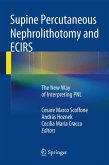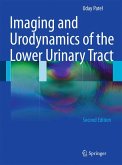Imaging and Technology in Urology: Principles and Clinical Applications is a practical and user-friendly consolidated source book for urologists, and urologists in training, regarding the basic science of imaging modalities used on a day-to-day basis in urological practice. Similarly, the intention is to provide an introduction to the technology that is used in the practice of urological surgery and the management of urological patients in the clinical setting. This knowledge is one of the eight separate disciplines examined in the oral component of the knowledge examination for independent, consultant, practice in urology in the UK. The book is also valuable to urologists and urological trainees outside of the UK and in other surgical specialities.
Dieser Download kann aus rechtlichen Gründen nur mit Rechnungsadresse in A, B, BG, CY, CZ, D, DK, EW, E, FIN, F, GR, HR, H, IRL, I, LT, L, LR, M, NL, PL, P, R, S, SLO, SK ausgeliefert werden.









